
We beat any competitor's price on orders over $3500. Learn more about our guarantee.

Immerse yourself in the enchanting world of Murano Glass – an embodiment of Italy’s extraordinary craftsmanship and artistry. Cherished by collectors and art aficionados globally, this renowned artistry originated from the quaint Venetian island of Murano. Famous for its dazzling designs, intense colors, and unmatched craftsmanship, Murano Glass will surely captivate your senses. Navigate deeper into its fascinating dimension in this segment where we not only discuss its compelling history and exemplary craftsmanship, but also introduce you to the “Murano Legends: 7 Glassmasters Behind the World’s Most Stunning Chandeliers”. Discover their journey, the phenomenal chandeliers they masterminded, and the unique facets that make Murano Glass a prized collectible.
The story of Murano Glass begins in the 8th century, but it was the 13th century that marked its golden era when glassmakers moved to the island of Murano. This move was strategic, aimed at preventing fires in Venice’s predominantly wooden buildings and to keep the glassmaking techniques a closely guarded secret. Over centuries, Murano’s glassmakers became highly esteemed, known for their creativity, skill, and ability to keep their methods confidential.
Murano Glass is renowned for its distinctive techniques, many of which have been passed down through generations. Techniques like Millefiori, where multicolored glass rods are fused and sliced to create intricate patterns, or Sommerso, a method involving layers of colored glass submerged in a clear layer, are hallmarks of Murano artistry. Each piece of Murano Glass is handcrafted, ensuring that no two pieces are exactly alike, thus adding to their uniqueness and value.
What sets Murano Glass apart is its extraordinary quality and aesthetic appeal. The use of high-quality silica and the glassmakers’ ability to create vibrant colors and stunning patterns make each piece a work of art. The inclusion of elements like gold or silver leaf within the glass adds to its allure and value. The beauty of Murano Glass lies not just in its visual appeal but also in its tactile quality, with each piece having a distinct texture and weight.
Murano Glass gained international fame, with its chandeliers, vases, bowls, and sculptures gracing the homes of royalty and the elite. Today, it is sought after by collectors and enthusiasts who appreciate its artistic and historical significance. Its timeless appeal ensures that it remains a cherished art form, transcending trends and styles.
Murano Glass is not just a testament to an ancient craft; it’s also a canvas for the extraordinary artists who have shaped its history and evolution. This section pays homage to the maestros of Murano Glass, each of whom has contributed uniquely and significantly to this exquisite art form.
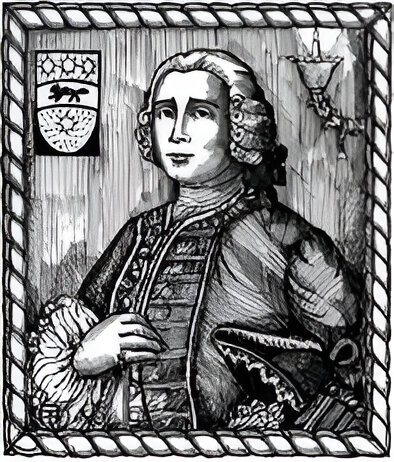
Giuseppe Briati is a significant historical figure in the Murano glassmaking tradition, known for his contributions to the art form in the 18th century. He is celebrated for reviving the popularity of Venetian chandeliers, known as “ciocche,” which became highly sought after by the European aristocracy.
Briati was inspired by the opulent and intricately designed glass chandeliers he saw on a visit to Bohemia (modern-day Czech Republic), which at the time was renowned for its crystal glasswork. Determined to bring this grandeur to Venetian glassmaking, Briati returned to Venice and worked on mastering the techniques necessary to create similar grand chandeliers but with the unique properties of Murano glass.
In 1730, he opened his own workshop, the “Altarelli,” and began producing chandeliers that were lighter and more ethereal than their Bohemian counterparts due to the soda-lime composition of Venetian glass. His successful adaptation of Bohemian-style chandeliers into the Murano tradition was a significant innovation of the time.
Briati’s chandeliers were known for their elaborate designs featuring an array of festoons, flowers, and dangling pendants, all crafted from colorful Murano glass. His work helped maintain and further the reputation of Murano as a center for exquisite glass art.
Although Giuseppe Briati operated in a different era from the 20th-century artists like Archimede Seguso, Lino Tagliapietra, Carlo Scarpa, Paolo Venini, and Ercole Barovier, he is equally important for his influential role in the development of Murano glassmaking techniques and the enduring legacy he left in Venetian glass art.
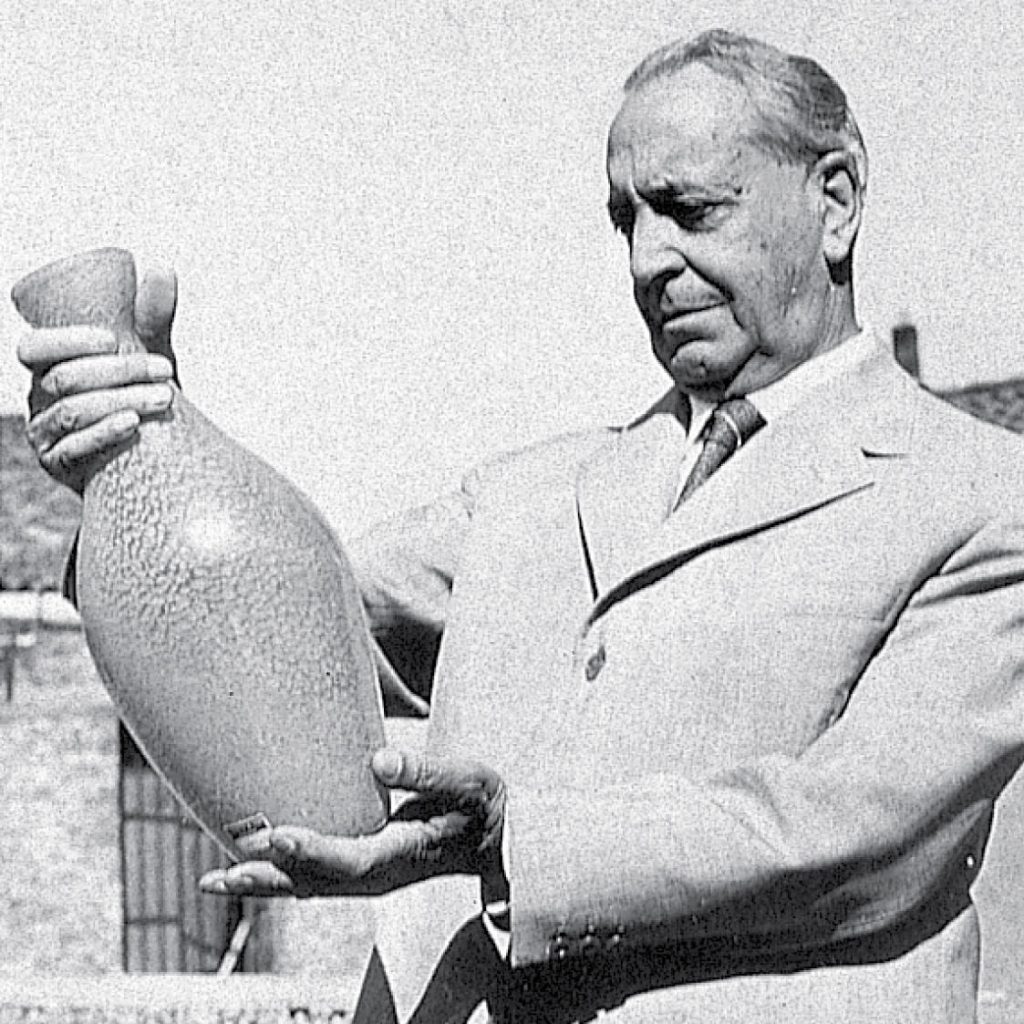
Ercole Barovier was an innovative Italian glass artist and designer known for his contributions to the art of glassmaking over the better part of the 20th century. He was part of the renowned Barovier family, which has been involved in glassmaking since the 13th century, and in 1926 became the artistic director of the family company when it merged with the Toso family to become Barovier & Toso.
Throughout his career, Ercole Barovier created more than 25,000 glass designs and was particularly admired for pioneering new techniques that allowed for more expressive and artistic creations in glass. He is credited with developing numerous glass treatment methods, such as the ‘colorazione a caldo senza fusione’ technique, which allowed for the application of colors and designs without re-fusing the glass.
His work is characterized by a blend of the ancient Murano traditions with a strong innovation drive, which often resulted in unique textures and vivid colors. His noteworthy creations include the “Primavera” series of glass objects, which feature a milky-white appearance, and his acclaimed “Coronato d’Oro” series, with glass pieces decorated with gold leaf.
Ercole Barovier’s artistic vision and technical expertise significantly shaped the identity of Murano glass in the modern era. His contributions to the industry, along with those of Archimede Seguso, Lino Tagliapietra, Carlo Scarpa, and Paolo Venini, represent key chapters in the storied history of Venetian glassmaking.
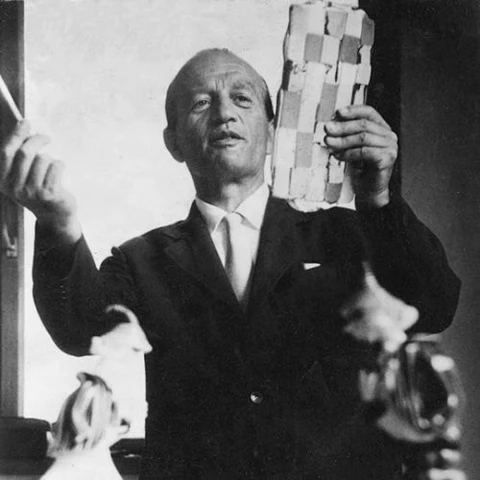
Paolo Venini was an influential Italian glass manufacturer and designer, who played a pivotal role in modernizing Murano glass and bringing it to international prominence in the 20th century. Though trained as a lawyer, Venini abandoned his legal career to pursue his passion for art and design.
In 1921, He founded the company Vetri Soffiati Muranesi Venini & C., which later became known simply as Venini. The company became a symbol of innovation, elegance, and quality in glassmaking, with Venini himself championing the fusion of traditional craftsmanship with contemporary design. He collaborated with prominent architects and artists, such as Carlo Scarpa, Gio Ponti, and Vittorio Zecchin, to create unique glass pieces that redefined the aesthetic of the time.
Paolo Venini was known for reinventing classic Murano techniques, such as “a canne” and “a filigrana” and was always exploring new forms and styles. He played a crucial role in introducing Murano glass art to the rest of the world by participating in international exhibitions, which increased the company’s and Murano’s fame globally.
His creations varied from brightly colored vases with organic shapes to elegant glass sculptures and lighting fixtures that showcased his commitment to both artistry and innovation. His work helped to challenge and expand the notion of what could be achieved with glass, making him an instrumental figure in the modern art glass movement.
Venini’s vision and leadership ensured that Venini Glass continued to produce high-quality and artistically significant pieces even after his death. Like Ercole Barovier, Giuseppe Briati, Alfredo Barbini, Archimede Seguso, and Lino Tagliapietra, Paolo Venini is revered for his crucial contributions to the advancement and perpetuation of the storied Murano glass tradition. His legacy endures in the countless beautiful objects he helped create and in the ongoing success and renown of the Venini brand.

Carlo Scarpa was an Italian architect and designer known for his profound understanding of materials and his meticulous attention to detail. Born in Venice, Scarpa made significant contributions to the modern architectural movement in Italy and is often celebrated for his work in redesigning parts of the Castelvecchio Museum in Verona and the Brion Cemetery in San Vito d’Altivole.
While Scarpa is predominantly known for his architectural projects, he is also celebrated for his innovative work in the field of glass design, especially during his years working with Venini Glass Company on the island of Murano. His contributions to glass design exhibit the same characteristics of precision and creativity seen in his architectural work.
Scarpa’s relationship with glass began in 1926 when he joined Venini. He worked as an artistic consultant there from 1932 until 1947. During this period, Scarpa played a pivotal role in modernizing the company’s approach to glass, steering it away from historic revivalist models and towards the avant-garde. His tenure at Venini resulted in the creation of a wide array of glass works that were revolutionary in their forms, colors and textures.
Here are some key aspects of Scarpa’s contributions to the field of glassmaking:
As for his architectural works, Carlo Scarpa is admired for his talent in blending traditional elements with modern requirements, creating spaces that are at once contemporary and historically resonant. His work pays close attention to the specificity of materials and the integration of buildings with their settings. Many of his architectural projects incorporate water features and carefully considered landscaping, characteristic of a sensibility inspired by his Venetian heritage.
Scarpa’s legacy is preserved in the numerous buildings and structures he designed, as well as in the appreciation and study of his ingenious glass creations, which continue to be celebrated in exhibitions and collections worldwide. His work in both architecture and glass continues to inspire and influence practitioners and students in design fields for its unique blend of innovation, craftsmanship, and respect for history.

Archimede Seguso was an acclaimed Italian glassmaker who became one of the most prominent figures in the Murano glass industry during the 20th century. Born on the famed island of Murano in the Venice lagoon, which has a storied history of glassmaking dating back centuries, he was immersed in the craft from an early age. Seguso came from a long line of glassmakers, and his family’s association with the art form can be traced back to as early as the 14th century.
Known for his extraordinary skill and innovation, Seguso founded his own glass company, Vetreria Archimede Seguso, in 1946, after gaining experience in his family’s company, Seguso Vetri d’Arte, and other well-known glassworks. His contributions to glassmaking include a variety of techniques that he either refined or developed, and his artistic flair was evident in the unique styles and designs of his creations.
Archimede Seguso was particularly noted for his mastery of traditional Italian glassmaking techniques such as filigrana, a canne, and murrine. He was also adept at the incalmo technique, in which two separately blown pieces are joined together while still hot to create a single piece with distinct bands of color. Over his career, he experimented with combining these techniques to produce innovative designs and effects.
In addition to technical prowess, Seguso had an exceptional sense of color and was able to create exquisite pieces with rich, vibrant hues. His ability to manipulate molten glass into delicate shapes allowed him to produce works that ranged from elegant simplicity to complex, intricate patterns. Some of his most famous series include the Merletto (lacework) series, in which delicate glass threads were intertwining to create a lace-like appearance, and the Alabastro series, featuring pieces with swirling, alabaster-like opalescence.
Seguso’s contributions to the glassmaking community extended beyond his own practice. He was also involved in training and inspiring the next generation of glass artisans. His works have been exhibited internationally and are part of many prestigious museum collections around the world.
Through a lifetime dedicated to the art of glassmaking, Archimede Seguso earned a reputation not only as a master craftsman but also as an innovator who pushed the boundaries of traditional Murano glass techniques. His legacy lives on both through the exquisite pieces he created and the continued influence he has on the Murano glassmakers of today.

Alfredo Barbini was a master glassmaker and designer who made significant contributions to the Murano glass industry throughout the 20th century. Born into a family with centuries of experience in glassmaking, Barbini began his career at a young age and quickly rose to prominence in the field.
Barbini mastered various techniques, including filigrana (a technique that involves creating glass objects with twisted threads of color or clear glass), sommerso (a technique that involves layering colored glass within clear glass), and bullicante (a method of introducing many small air bubbles into the glass for a decorative effect). He was known for his superb craftsmanship, his innovative and sculptural approach to glass, and his ability to create large-scale works.
In 1945, he co-founded the company Vetreria Alfredo Barbini, which became a significant artistic workshop for modern glass on the island of Murano. Barbini’s reputation grew as he continued to explore and refine various techniques, producing works that were both artistic and technically advanced.
Some of his most notable works include his sasso (stone) vases, merletto (lace) vases that showcased his proficiency in crafting delicate glass threads, and his cespugli (shrub) series—a testament to his skill in creating thick, sculptural forms.
Alfredo Barbini’s legacy is one of innovation, mastery of craft, and a deep influence on the Murano glass industry, and his works are still highly valued by collectors and museums today. He stands alongside other great Murano masters such as Archimede Seguso, Lino Tagliapietra, Carlo Scarpa, Paolo Venini, and Ercole Barovier, representing the pinnacle of Venetian glass artistry.
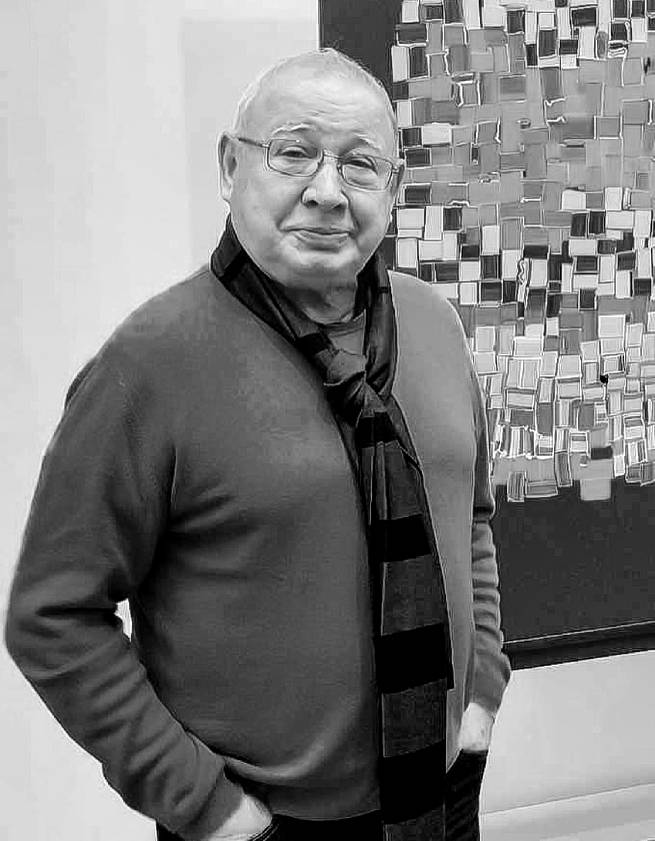
Lino Tagliapietra, a maestro of glassblowing, is recognized as one of the world’s preeminent glass artists with a career that spans over 70 years. Born on the island of Murano, famed for its glassmaking heritage, Tagliapietra started his apprenticeship in glass at the early age of 11 at the Archimede Seguso glass factory. By the age of 21, he had already achieved the status of “Maestro”, a title given to a master glassblower who has displayed exceptional skill and artistry.
Tagliapietra’s work is celebrated for its extraordinary technical virtuosity, innovative design, and the colorful, intricate patterns that are a signature of his style. His relentless pursuit of new techniques, ideas, and collaborations has significantly influenced both the Renaissance of the Murano glassmaking tradition and the development of studio glass art on a global scale.
Throughout his illustrious career, Lino Tagliapietra has imbibed from various cultures and artistic movements, and he has shared his deep knowledge of traditional Venetian glassblowing techniques with artists and students around the world, particularly within the American studio glass movement. His teachings and collaborations have played a critical role in fostering a cross-pollination of techniques, ideas, and aesthetics between Murano and the international glass community.
Some of Lino Tagliapietra’s notable contributions to glassmaking include:
Lino Tagliapietra’s pieces often feature a mix of vibrant colors and clear, sculpted glass, and may include complex patterns such as battuto (beaten), a technique where the surface of the glass is cold-worked to create a textured, often matte finish. He is also known for his distinctive use of the incalmo technique, where separate pieces of glass are melted together to form a single piece with various bands or sections of color.
Tagliapietra has received numerous awards and honors for his contributions to the world of glass art, including the Glass Art Society Lifetime Achievement Award. His work is displayed in prominent institutions across the globe, such as the Metropolitan Museum of Art in New York, the Victoria and Albert Museum in London, and the Palazzo Ducale in Venice.
Today, Lino Tagliapietra continues to inspire both contemporaries and new generations of glass artists through his enduring passion, unparalleled skill, and the boundless creativity that make him an icon in the world of glassblowing.
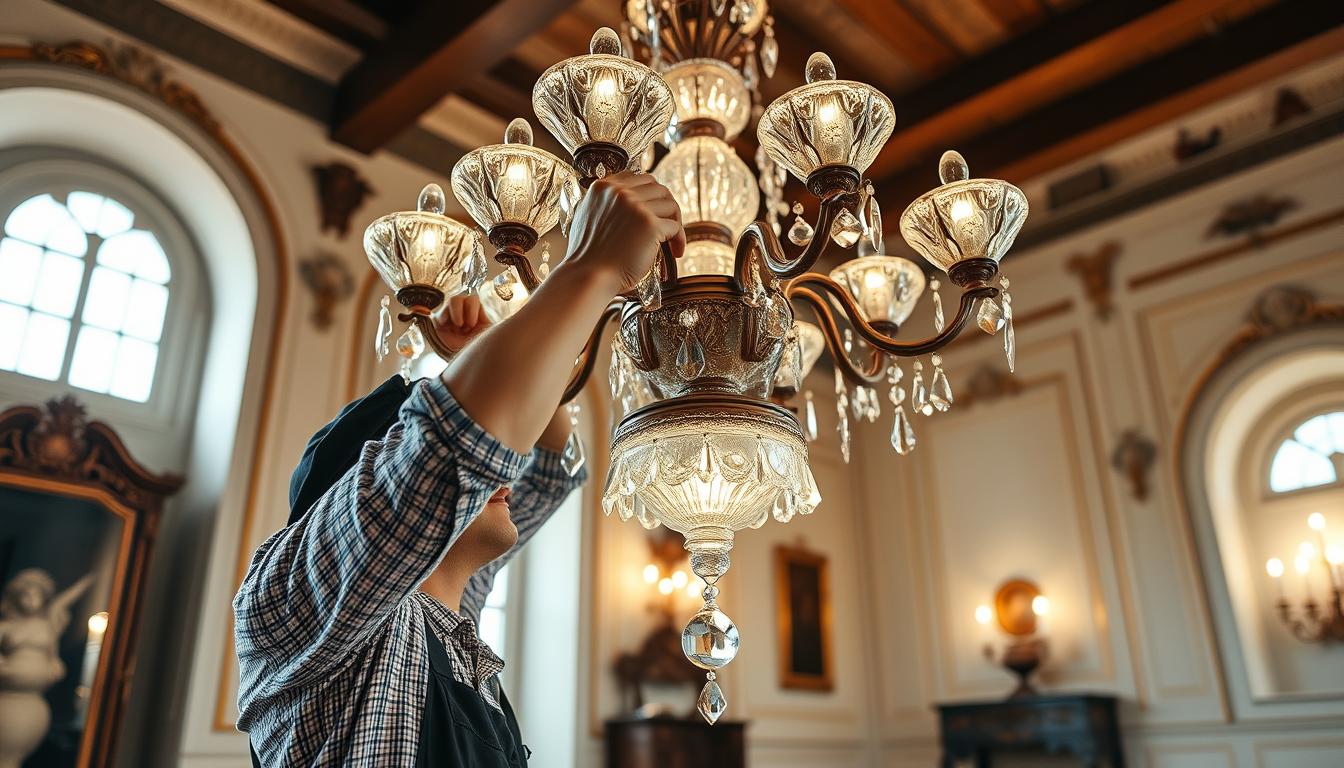
When it comes to installing a Venetian glass chandelier, it’s essential to consider the unique qualities of Murano glass and the importance of quality installation

Murano glass blowing is a centuries-old tradition that has been perfected over time, with Murano glass art being renowned for its exceptional quality and beauty.
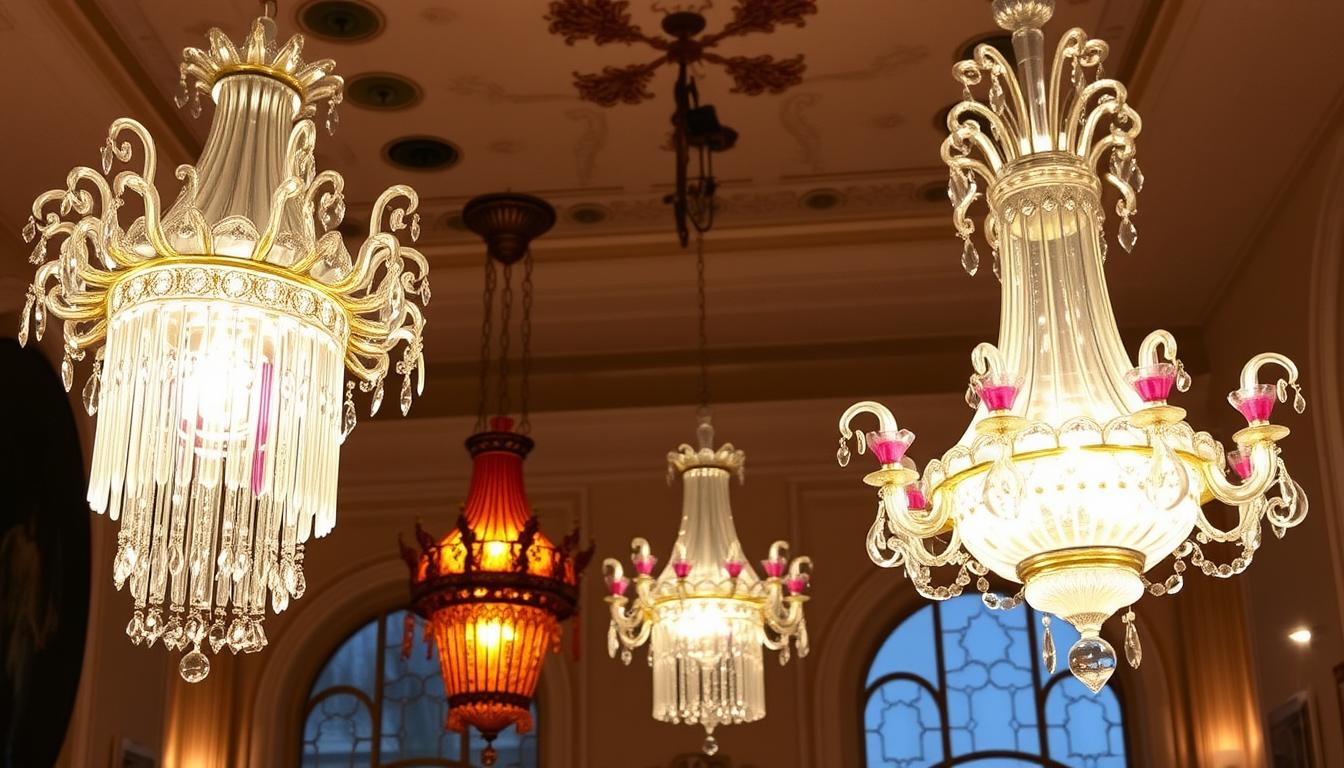
MuranoDirect, a business founded in 2015 in Miami, is known for its high-end residential lighting fixtures and accessories, including the admired rezzonico chandeliers. When buying
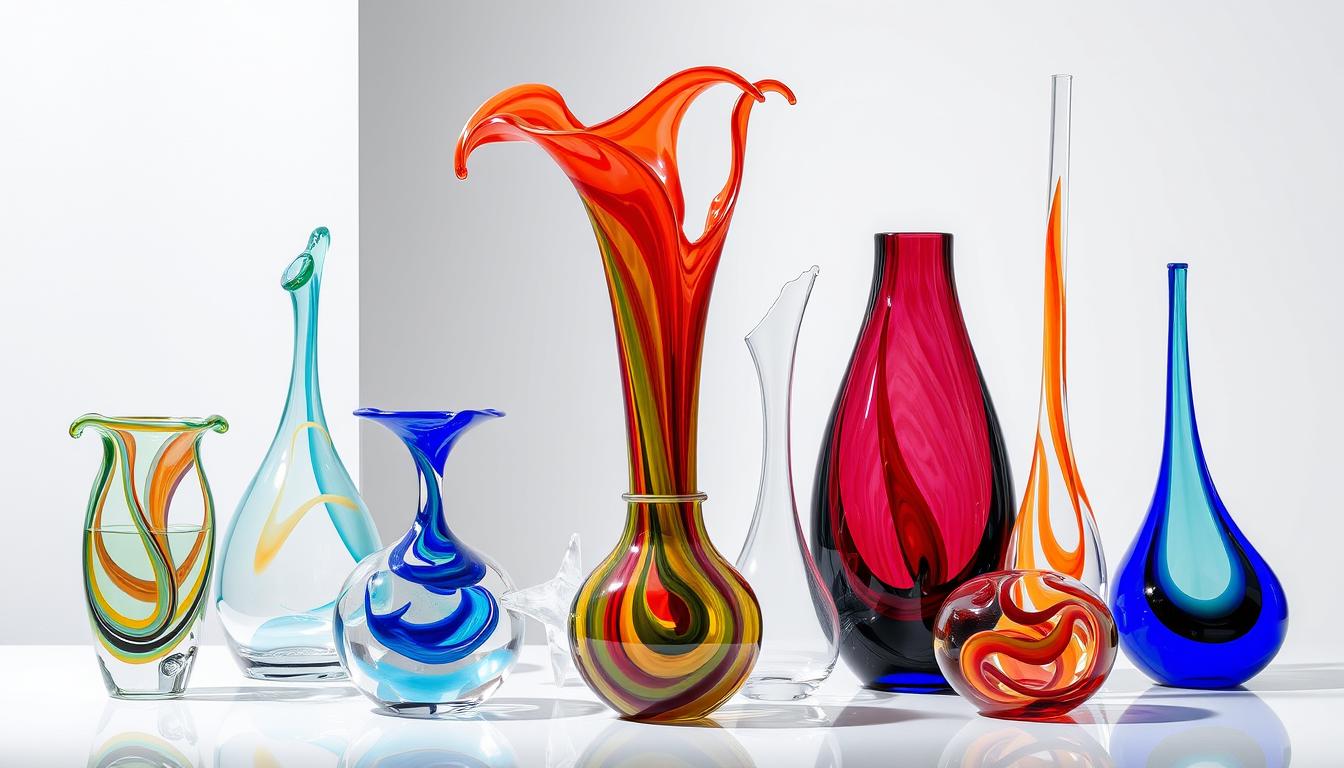
Murano glass trends 2025 are expected to be dominated by unique, handmade pieces, with companies like MuranoDirect offering custom-made Murano chandeliers and mirrors at competitive
Sign up for our newsletter to get updated information, news, insights, or promotions.
Authentic, vendor-guaranteed Murano glass masterpiece.
Our best price guarantee ensures that you get the most competitive price on your purchase
Your orders are shipped seamlessly between countries.
Your payments are secure with our private security network.

4 Responses